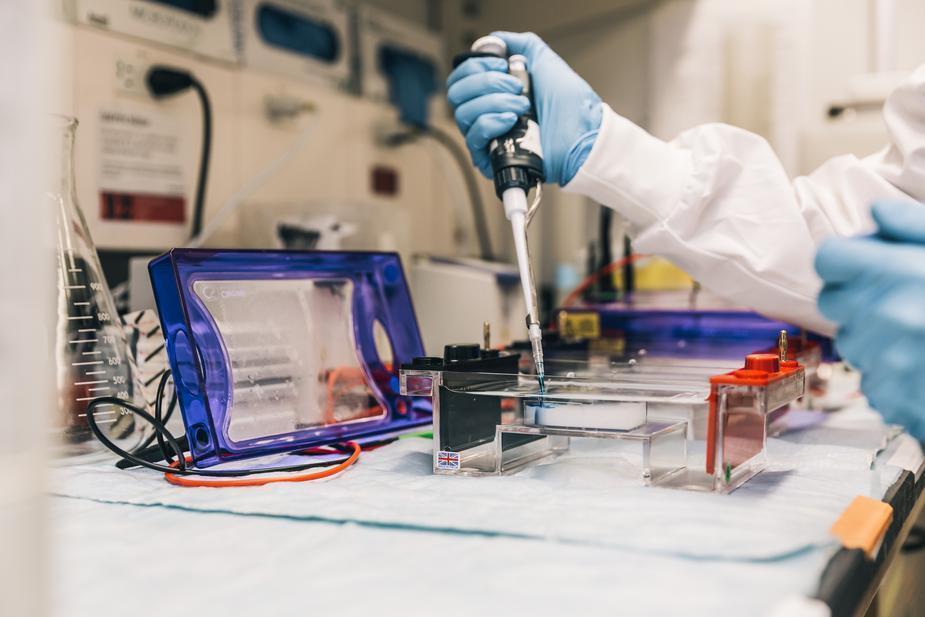
What We Can Learn From The Latest E-Liquid Study
From CNN to USA Today to Fox and everywhere in between, there is a new vaping study getting a lot of attention. The study was out of Duke University and it found that chemical irritants formed in the vape juice samples that they tested. In addition, they also tested vapor and found those same chemicals. We don't know what brand of vape juice that they were testing. But they did say that they tested a range of VG / PG ratios.
The interesting thing that they found was that the chemicals formed from the e-liquid itself. The ingredients of the e-liquid reacts with other chemicals to form byproducts. The study authors indicated the the byproducts might cause irritation. The chemicals that they found do not appear to be anything like what is found in cigarette smoke. The researchers could not say if the chemicals that formed can cause disease because the long term effects are unknown.
Researchers identified the flavors as the source for the chemical reactions and byproducts.
Researchers and Vaping
We have seen a number of these studies over the years that claim to detect toxins in e-cigarette vapor. And then we find out that the researchers were frying coils to generate burnt vapor. No wonder they found crap in the vapor! No actual human enjoys vaping burned vapor. Vapers do not vape a 0.5 ohm coil at 200 watts! Some of these science guys don't seem to know too much about the real world. But we do have to say that vaping researchers are getting better and that's good for everyone.
What can we learn from these studies? Well, we should listen to all of them. But, we should also be skeptical and not pass judgment until we know the methodology. By that I mean specifically, how did they generate the vapor that they studied? If you look at the history of anti-vaping studies, a common thread emerges. Very often what researchers will do is generate vapor at extremely high power settings. They essentially burn the vapor. Whenever anything is burned, toxins will be generated.
But the other side of the coin is this, vapers do not inhale burnt vapor! You know a burnt hit instantly and it tastes gross. So when a researcher runs 10 volts through a 2.0 ohm atomizer, that is not a measure of vaping. Rather that is a measure of manipulating variables to get a desired result. No one vapes at a wattage that produces 10 volts. Burnt vapor is neither pleasant nor enjoyable.
Furthermore, any vaping study needs the inclusion of vapers. Researchers don't know anything about vaping! For example, most people vape at 3.8 volts to 4.2 volts. The test conditions were just not realistic. Vaping requires intellectually honest study. We are all hoping for that.
We look forward to learning the details of the most recent study to evaluate the methodology.
WHAT CAN WE LEARN FROM VAPING STUDIES?
One thing we can definitely learn from vaping studies is the overwhelming importance of quality. The vape juice ingredients and where they come from is important. What is in vape juice and who makes it varies from company to company. Not all e-liquids are alike. In fact, far from.
At Freeman, out vape juice is crafted in an independent state of the art lab staffed by chemists with PhDs. That is what is required to understand the chemicals and flavors used in e-liquid. A chemist knows and understands the ingredients of the flavoring.
We can also learn that how you vape is important. Regardless of the atomizer resistance or wattage, it is a good idea to aim for a voltage output in the range of 3.7 to 4.2 volts. It is also important to change the coils when a burnt taste is noticed. Quality vapor products and quality e-liquids are essential. Cheap, counterfeit mods and backroom made e-liquids are not a good idea.
We hope to see researchers include the types of e-liquids used as well as the devices that they use in the course of study. Vaping is not a monolith. The atomizer resistances and power outputs vary tremendously. There are millions of vapers in America who could help researchers understand how people vape. And that would be a good thing because we all want the best possible research and information.

Leave a comment